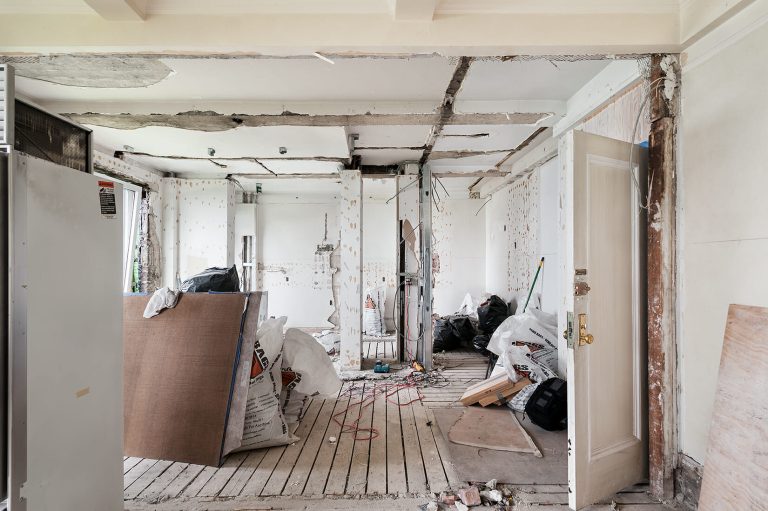What to look at when assessing any Home renovation project
The first step in any home renovation project is What to look at when assessing a Home renovation project to evaluate your needs thoroughly. Take some time to consider which aspects of your home you would like to change and why. Are you looking to increase functionality, enhance aesthetic appeal, or improve energy efficiency?
Once you have identified your renovation needs, the next step is to set a realistic budget for your project.
Assessing Your Home Renovation Needs
The first step in any home renovation project is thoroughly assessing your needs. Consider what aspects of your home you’d like to change and why. Is it to increase functionality, enhance aesthetic appeal, or improve energy efficiency? Understanding your primary objectives will guide your planning and decision-making process.
Take the time to walk through your home and make a list of all the areas that require improvement. This could be anything from a cramped kitchen that needs expanding to a bathroom that could benefit from modernisationor a living room that lacks natural light. Prioritising these areas based on your needs and the value they add to your home is crucial.
Moreover, consider how your home renovation project will fit into your lifestyle. For instance, if you love entertaining, consider upgrading your kitchen and dining area to create a more welcoming space for your guests. Or, if relaxation is key, focusing on creating a serene bedroom or bathroom might be more beneficial. This tailored approach ensures that your renovations bring you the most satisfaction and utility.
Setting a Realistic Budget for Your Renovation Project
After identifying your renovation needs, the next step is setting a realistic budget. This crucial step will give you a sense of security and control over your home renovation project. It involves considering the cost of materials and labour and accounting for any unforeseen expenses. A well-planned budget ensures your project stays on track financially and helps avoid unnecessary stress.
Begin by researching the average cost of the renovations you’re considering. This can give you a baseline estimate of what to expect. However, getting quotes from several building contractors is essential for a more accurate figure. Comparing these quotes will help you budget more effectively and get the best value.
Additionally, it’s wise to set aside a contingency fund, typically around 10-20% of your total budget. This fund can cover unexpected costs, such as structural issues discovered during the renovation or price increases in materials. Planning for these possibilities upfront can save you from financial headaches later on.
In Conclusion: Revitalise Your Home with Inspired Renovation Planning
Transforming your living space is not just about changing walls; it’s an opportunity to breathe new life into your home by embracing thoughtful renovation strategies. With careful planning and creative vision, you can craft a sanctuary that reflects your style, enhances functionality, and elevates your everyday experience, enabling a successful home renovation project.




